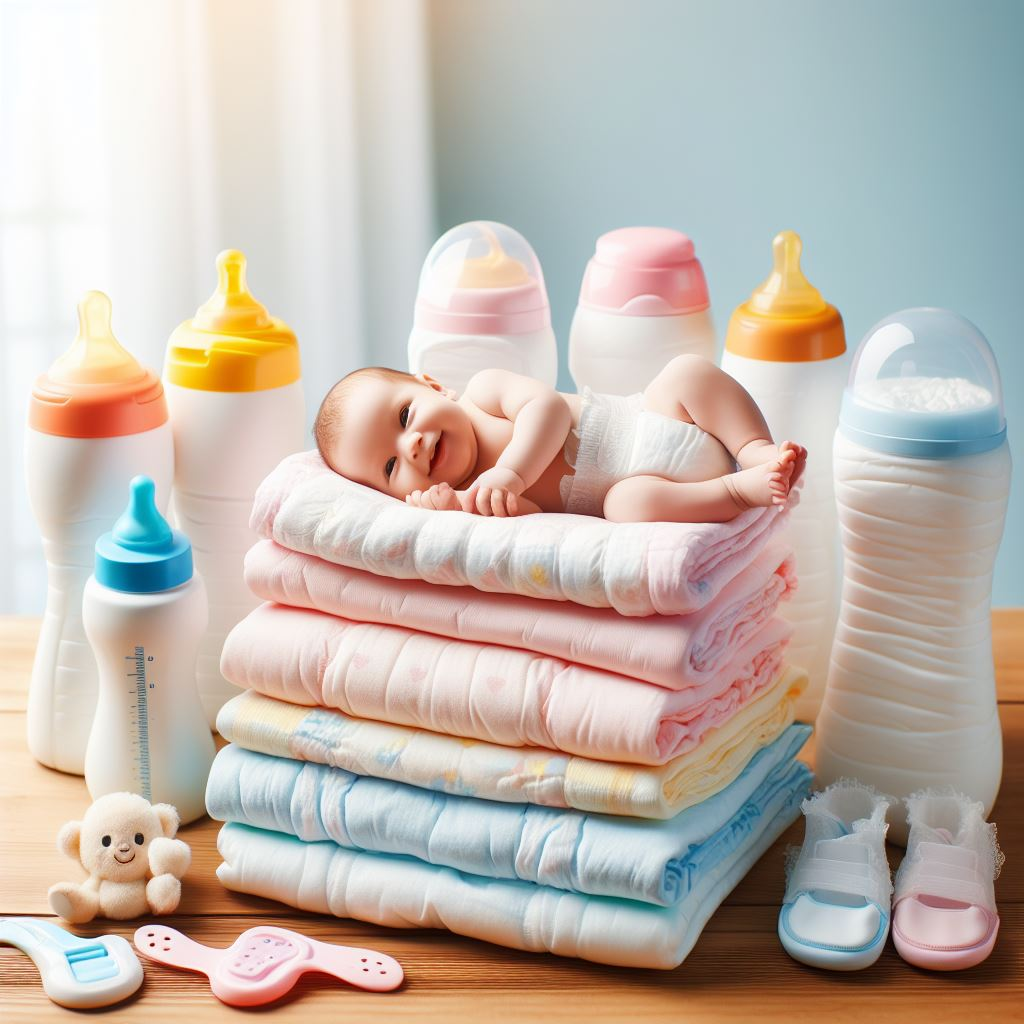

Diapers are essential daily items for babies, and determining the correct frequency of changing diapers is crucial for the comfort and health of your baby. However, many new parents may not be sure how to determine the timing for diaper changes. This article will provide you with some guidance on determining the frequency of changing baby diapers, helping you ensure that your baby remains clean and comfortable.
1. Based on Diaper Wetness
The wetness of the baby's diaper is one of the key factors in determining the timing for changing diapers. Typically, when the diaper feels damp or heavy, it indicates the need for a change. Especially when the diaper is fully saturated or leaking, changing the diaper is necessary.
2. Consider Diaper Quality and Absorbency
The absorbency performance of diapers may vary among different brands, with some high-quality diapers able to absorb urine more effectively, extending the usage time. Therefore, if you choose diapers with higher absorbency, you can extend the intervals between diaper changes appropriately.
3. According to Baby's Urination Frequency
The frequency of a baby's urination varies depending on their age, diet, and physiological condition. Generally, newborns require more frequent diaper changes each day, and as the baby grows, the frequency of urination may gradually decrease. Therefore, it's important to determine the frequency of diaper changes based on your baby's actual situation.
4. Pay Attention to Bowel Movements
In addition to urine, the baby's bowel movements are also an important factor in determining the timing for changing diapers. If the baby has a bowel movement, especially if it's a solid one, the diaper should be changed immediately to avoid causing skin irritation or infection.
5. Special Circumstances to Note
In some special circumstances, such as when the baby is sick, feverish, or experiencing skin issues, the frequency of diaper changes may need to be increased. During these times, it's important to closely monitor the wetness of the diaper and the condition of the baby's skin, changing diapers promptly to maintain skin cleanliness and dryness.
In summary, determining the frequency of changing baby diapers involves considering factors such as diaper wetness, diaper quality, baby's urination frequency, bowel movements, and special circumstances. In daily life, parents should closely observe their baby's condition and adjust the timing for changing diapers flexibly, ensuring that the baby remains clean, comfortable, and healthy.